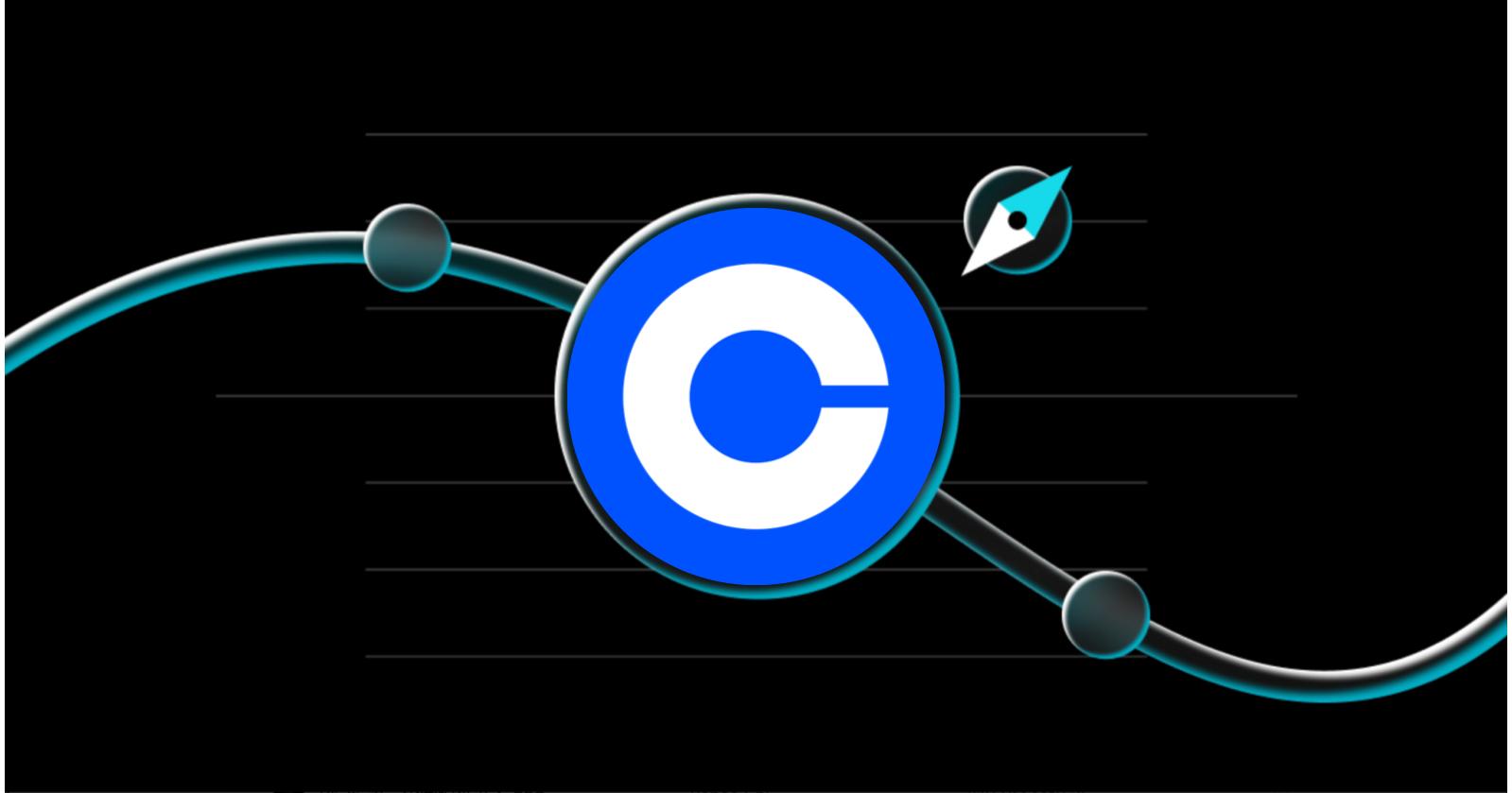Avidity Stock Price Soars After $12 Billion Novartis Buyout Announcement
Avidity Biosciences, Inc. (NASDAQ: RNA) grabbed headlines this week after Swiss pharmaceutical giant Novartis announced its plans to acquire the RNA-focused biotech firm in a massive $12 billion all-cash deal. The news, revealed on October 26, 2025, sent Avidity’s stock price soaring by over 40%, reflecting investor enthusiasm for the premium offer and growing confidence in RNA-based therapeutics. Under the terms of the agreement, Novartis will pay $72 per share, a significant markup from Avidity’s prior closing price—instantly putting the company in the spotlight of Wall Street and biotech circles alike.
This acquisition not only highlights the increasing strategic importance of next-generation genetic medicines but also underscores the appetite among major pharmaceutical players to secure promising clinical-stage platforms in high-growth therapeutic areas. In this article, we’ll explore what Avidity Biosciences is, break down the details of the buyout, analyze the stock’s reaction and implications, and discuss where the Avidity stock price might go next as the deal unfolds.
What Is Avidity Biosciences, Inc. (RNA)
Avidity Biosciences is a clinical-stage biotechnology company headquartered in San Diego, California. Its mission is to pioneer a new class of RNA-based medicines that can precisely target and treat serious rare diseases, particularly in the field of neuromuscular disorders. The company trades under the ticker symbol RNA on the NASDAQ and has garnered significant attention for its proprietary platform known as Antibody Oligonucleotide Conjugates (AOCs).
AOCs are designed to combine the precision of monoclonal antibodies with the therapeutic potential of RNA. This approach allows Avidity to deliver genetic medicine directly into muscle tissue—a significant breakthrough in treating diseases where traditional gene therapy has faced delivery challenges. In essence, Avidity’s technology “guides” RNA molecules to specific cells, helping correct or silence faulty genes that cause diseases.
As of late 2025, Avidity has three lead programs in its pipeline, targeting:
● Duchenne muscular dystrophy (DMD), specifically exon 44 skipping,
● Facioscapulohumeral muscular dystrophy (FSHD), and
● Myotonic dystrophy type 1 (DM1).
Although none of its drugs have reached the market yet, the promise of first-in-class therapies and positive early clinical data have attracted both investor interest and pharma partnerships. Prior to the acquisition announcement, analysts had already begun valuing the company in the $60–$70 per share range, citing the strength of its pipeline and the uniqueness of its delivery platform.
Inside the $12 Billion Novartis–Avidity Deal
On October 26, 2025, Novartis announced it would acquire Avidity Biosciences in a $12 billion all-cash transaction, marking one of the largest biotech acquisitions of the year. The pharmaceutical giant will pay $72.00 per share, representing a roughly 46% premium over Avidity’s last unaffected closing price. This premium underscores both the strategic value Novartis sees in Avidity’s RNA delivery platform and the broader trend of Big Pharma investing aggressively in next-generation genetic medicine.
The acquisition gives Novartis full access to Avidity’s pipeline of investigational therapies, especially its late-stage candidates targeting neuromuscular diseases such as DMD and FSHD. Novartis framed the deal as a way to bolster its neuroscience and rare disease portfolios—both priority areas for the company as it prepares for multiple patent expirations over the next few years.
However, the transaction comes with an important structural detail: Avidity will first spin off its early-stage cardiology and precision medicine programs into a separate entity called “SpinCo.” Funded with $270 million in cash, SpinCo will be a standalone company focused on cardiovascular RNA therapeutics. Leadership will include several current Avidity executives, with Chief Program Officer Kathleen Gallagher named CEO and current CEO Sarah Boyce serving as board chair.
Avidity shareholders will receive one share of SpinCo for every 10 shares of Avidity they hold, in addition to the $72 per share in cash upon deal closure. The spin-off ensures that shareholders retain exposure to the company’s earlier R&D efforts while Novartis absorbs the late-stage neuromuscular programs that sparked its interest. Pending customary regulatory and shareholder approvals, the acquisition is expected to close in the first half of 2026. Both boards have unanimously approved the deal, and analysts view the path to completion as relatively smooth given the complementary nature of the transaction.
Avidity Stock Price Reaction: What Happened and Why
Following the acquisition announcement, Avidity’s stock (RNA) experienced a dramatic surge, rising more than 40% in a single trading session to trade just below the $72 per share buyout price. The jump was expected given the size of the premium Novartis is offering, and it signals strong market confidence that the deal will close as proposed.
The immediate price movement reflects how merger arbitrage investors price in deals: RNA shares moved rapidly to align with the offer price, minus a small discount that accounts for time and deal-completion risk. In this case, the discount was narrow—an indication that investors view regulatory and shareholder approval as low hurdles.
Investor enthusiasm was also bolstered by the clear strategic fit and Novartis’s reputation for executing complex biotech integrations. The $12 billion offer was seen by analysts as not only a validation of Avidity’s scientific platform, but also as a sign of strength in the broader RNA therapeutic space. The premium was higher than many anticipated, especially given that Avidity was still in the clinical stage with no FDA-approved products.
Notably, while Avidity’s stock soared, Novartis’s own shares were relatively flat or slightly down, which is typical for large acquirers in the pharmaceutical sector. Investors often react cautiously to big-ticket deals due to concerns about integration costs and near-term earnings dilution. However, early sentiment suggests the market views this acquisition as a long-term growth move for Novartis, with minimal risk of regulatory pushback.
Avidity Stock Price Prediction: Where Could It Go Next?
Following Novartis’s $12 billion buyout announcement, Avidity Biosciences’ stock (NASDAQ: RNA) is expected to remain firmly anchored near the $72 per share offer price. Since the deal is all cash and carries a sizable premium, the stock will likely trade just below that figure—typically between $69 and $71—as investors price in the time and risk until completion. Unless another bidder emerges or regulators intervene, Avidity’s stock has limited room for further upside, as the buyout effectively caps its valuation.
In the short term, investors can expect RNA shares to move in a tight range until the acquisition closes, which is projected for the first half of 2026. The main variable that could influence price movement now is confidence in deal completion. Any delays, shareholder litigation, or regulatory hurdles could cause temporary dips, while smooth progress toward closing would likely bring the price closer to the $72 payout level.
However, the real wildcard is SpinCo, the new entity that Avidity will spin off before the transaction completes. Each shareholder will receive one SpinCo share for every 10 Avidity shares, retaining exposure to Avidity’s early-stage cardiology programs and $270 million in funding. While RNA stock itself is now essentially a merger-arbitrage play, the value of SpinCo could add bonus upside for investors once it begins trading independently.
Conclusion
Avidity Biosciences’ stunning stock surge after Novartis’s $12 billion buyout announcement is a testament to how groundbreaking science can turn into market-shifting opportunity. The $72-per-share deal not only delivers a substantial 46% premium to investors but also cements Avidity’s place as a trailblazer in RNA-based therapeutics. For Novartis, the acquisition signals a bold commitment to tackling rare neuromuscular diseases and expanding its footprint in the rapidly evolving RNA medicine landscape.
As the transaction heads toward completion in 2026, Avidity’s stock may settle near the offer price, but the story is far from over. With the upcoming SpinCo spinoff and the promise of new RNA-driven breakthroughs, this merger could become a defining case study in how innovation reshapes entire industries. After all, if Avidity’s science delivers on its potential, today’s buyout premium might one day look like a bargain.
Disclaimer: The opinions expressed in this article are for informational purposes only. This article does not constitute an endorsement of any of the products and services discussed or investment, financial, or trading advice. Qualified professionals should be consulted prior to making financial decisions.



